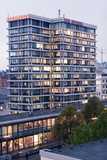Der Spiegel has landed / Hamburg
Expo 39: The Print Meister
‘Der Spiegel’ stands for everything that Monocle also holds dear: high-quality journalism, solid facts, covers that sell and a respect for the intelligence of its readers. So we thought it was time we paid a visit to the HQ to meet the editors in chief and glean some company secrets.
Well, they say it because it’s true: the day of the brick-thick news weekly darkens and draws to a close. The sentries at the gate are few, their flags limp, their tunics tattered, their weapons dulled in rough skirmishes with that modish, invisible enemy (and the internet could so easily have been a friend but for failed negotiations, colonialist bumptiousness, post bolted-horses illogic).
While the Economist serves its corporate subscriber niche with laser-beam accuracy and Bloomberg’s recent shaking of its recently purchased Businessweek snow-globe has made that small landscape a little prettier, the rest is valetudinarian junk: Newsweek’s lettuce-limpness is just a nano stab at its former self and as for Time – you’d be forgiven for thinking time’s up.
So is there a chorus whispering grim predictions and dire warnings? Not if you speak German there isn’t (or rather read it). Take a plane and you’ll find the clouds lifting as you approach Fuhlsbüttel airport. Look! There’s Der Spiegel – the pride of Hamburg in its wonderful old building; Germany’s best and bravest media brand; the investigative colossus; the steel-hulled defender of erudition, the analytical blockbuster; a news magazine that sells over a million copies a week; a proud thing of paper that thrives.
“The big difference between American and German newspapers and news magazines is that we make much more money through our cover price – subscription and newsstand,” says one of Der Spiegel’s two editors-in-chief, the rangy and punchy Georg Mascolo from his corner-office captain’s bridge. “I saw an interview with David Remnick [the New Yorker editor] who said you can’t give away your magazine for less than you pay for a café latte at Starbuck’s, and he’s absolutely right.” And he is: nothing about Der Spiegel seems cardboard-cup disposable.
In fact, inspecting the issue for the week of Monocle’s visit is to paw a 206-page digest of newsstand-worrying heft, featuring a cover story on the German defence minister, Karl-Theodor zu Guttenberg, and his wife, likening them to a glamorous power couple and using a cover photo deliberately redolent of the Fabulous Baker Boys. Looking at the magazine is also to have one’s faith restored in pen and ink (and the German sense of humour). Der Spiegel is the most- read news magazine in Germany, the most read news website in Germany, its English online edition is a growing force further afield; oh – and it also runs three TV stations. And this is built on the old-fashioned idea of people paying for things.
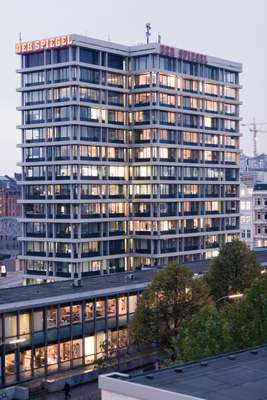
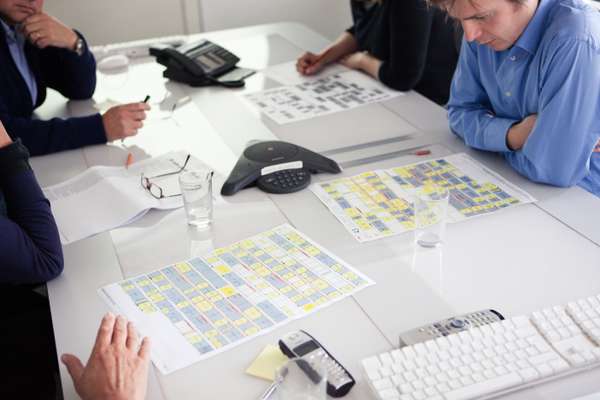
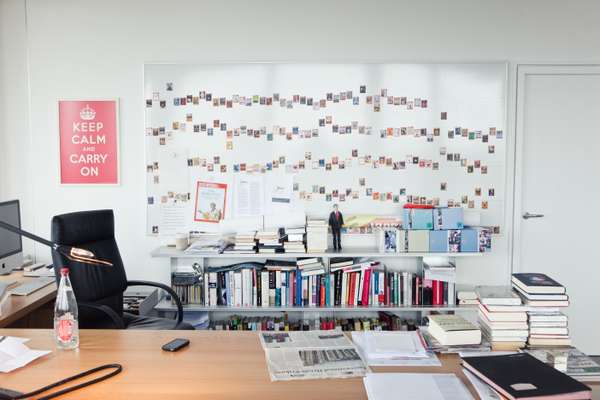

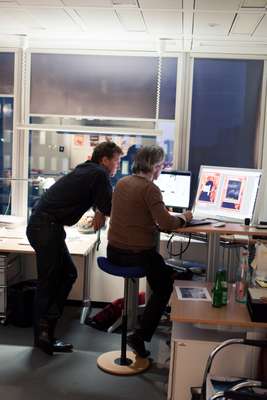
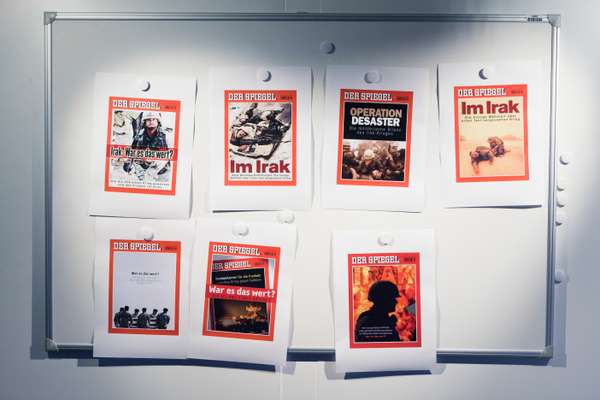
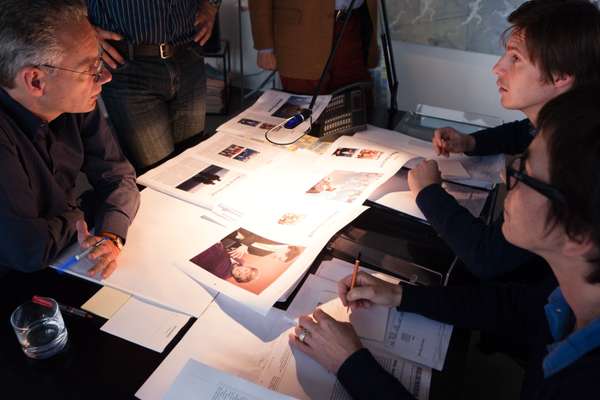
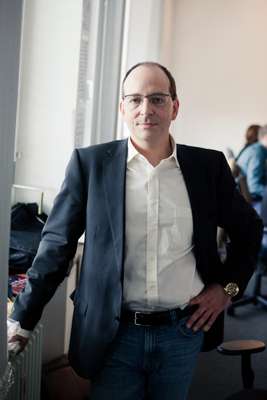

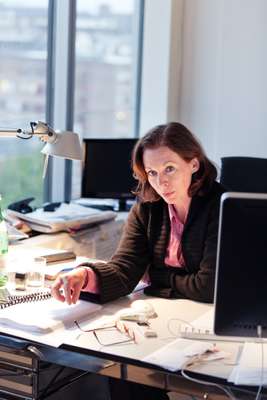






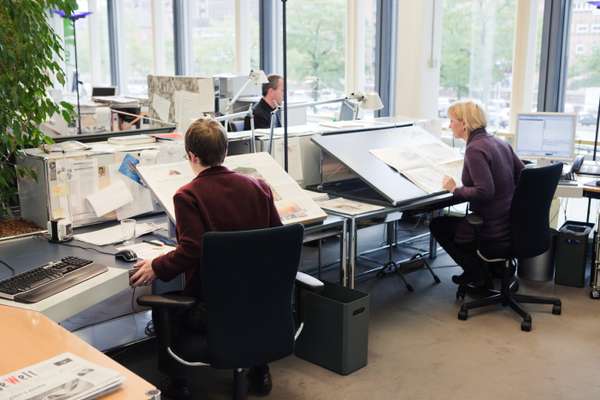
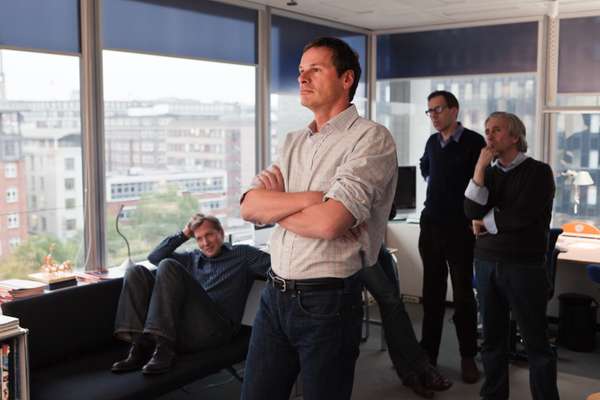
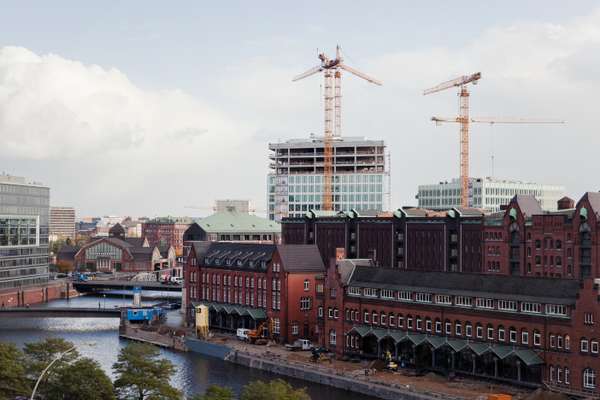
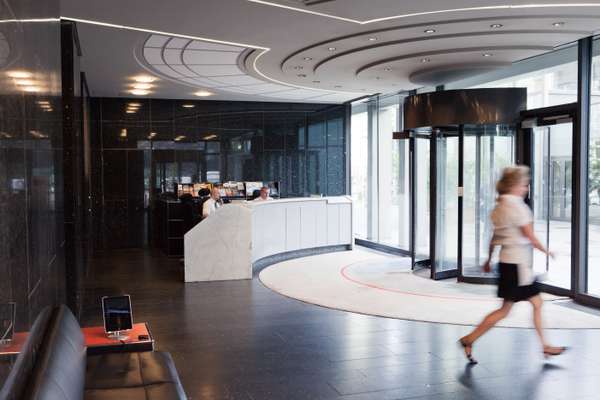
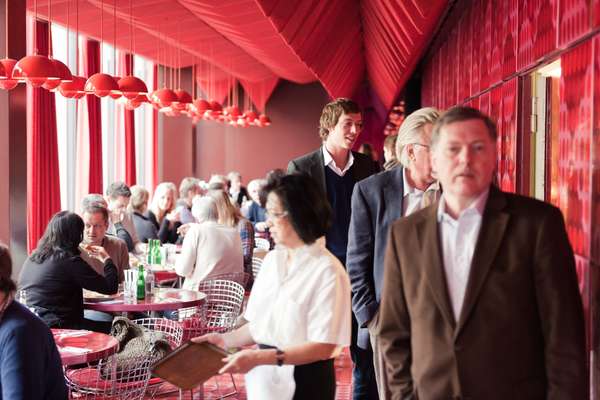
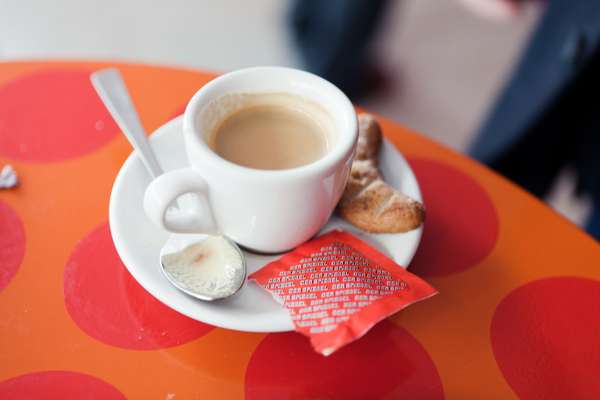

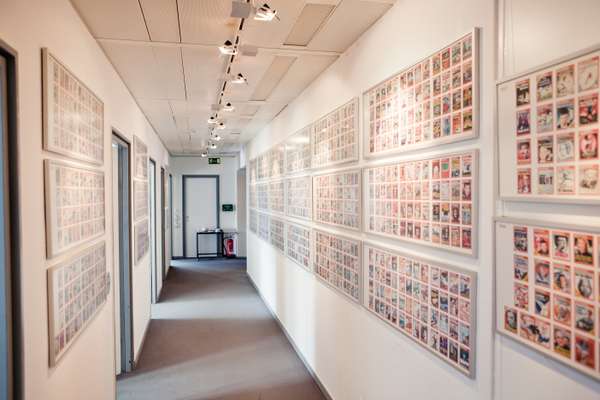
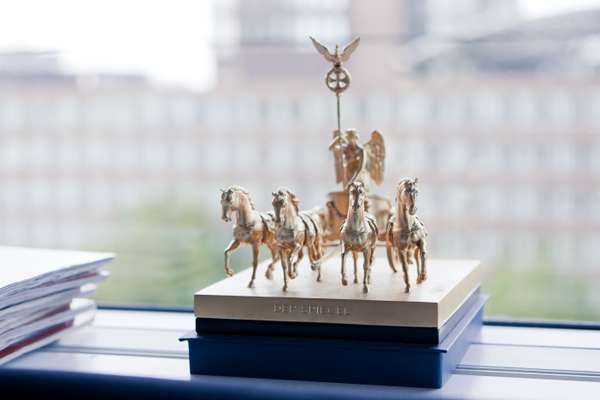
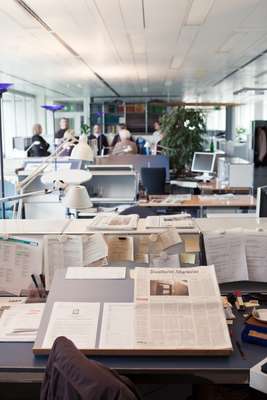
Reading the masthead is to negotiate a telephone directory of editors, writers, fact-checkers and bureau chiefs from the Hauptstadtbüro to Schlussredaktion, from a staff of 19 under the heading Kultur and from four Düsseldorf correspondents to the more fortunate – albeit solo – fiddle in Rio. Der Spiegel employs roughly 380 staff; the point size for this page, almost-punningly entitled Impressum, is necessarily small.
“What really makes Der Spiegel unique is that you can do any good story you want to do,” says Mascolo. “There are no limits on where you go, how long it takes, no-one here will say ‘it stops here.’” Give it a flick and you’d probably agree: a biggun’ on Chilean extracts and how they affect European trade in raw materials, five text-heavy pages on how Australian ranchers are teaching German dairy farmers new tricks, a critical piece on the footballing ambitions of Red Bull supremo Dietrich Mateschitz, profiles of the new authors and artists that define Berlin’s Mitte neighbourhood, a reportage from a microbiotic yoghurt factory; an essay by Klaus Brinkbäumer entitled “America, a Weakling” (headlined with gutteral poetry, “Amerika, ein Schwächling”). You also see, in Mascolo and his co-editor-in-chief Matthias Müller von Blumencron, a fair embodiment of Der Spiegel founding father, Rudolph Augstein’s dictum, “A journalist must not go easy on himself, and certainly not on the people he writes about.” While Mascolo gives his art director and cover designer a longish leash on which to lampoon zu Guttenberg, a minister he knows well, he also seems happy to have no choice; “You have to be critical with everybody,” shrugs Mascolo, “in politics, in the business world, you’re not going to get any favours but we don’t want them.”
Der Spiegel’s favourless history mirrors that of Germany since the War (mostly West, but both halves after unification): it favoured analysis over brawn yet became increasingly powerful while progressively more liberal. And it became rich like the West, as well-educated Germans turned to the magazine in their droves, with Reichsmarks, then Deutsch Marks, then euros in their back pockets, and made it into a profitable organ of record. “Diese Woche”, first published in Hanover in 1947 was set up by the British military government to provide “objective news” (that’s both a quote and something of a raised eyebrow, the Allies meant “good news”). After five issues of objective news Rudolph Augstein was huffily granted the publisher’s licence, moved to Hamburg and renamed it Der Spiegel; “the mirror”.
What is it mirroring? “Well, the inside is not funny, but on the outside we can be funny,” says Stefan Kiefer referencing the Guttenberg [as gameshow-host] cover, “but only as funny as the editors allow.” The art director and chief of the cover department (oh, that’ll have a staff of four looking to recruit a fifth; this is the cover department) also has a corner-office and you can’t help thinking that it’s often in opposition to that of his boss’s corner-office upstairs. “See this glass door?” he says. “We need that because we’re different, it’s not greyish text work we do – these are the covers.” But the classic magazine run-ins between art and words, says Kiefer, do not exist at Der Spiegel. “You can’t be creative when you don’t have a good relationship with the guy you’re working with.” According to Kiefer, “There’s a lot of discourse about the covers and there needs to be.” And the art director is very alert to the business and business of putting pictures on paper. “I would prefer if we were printed for a long time to come,” he says. “There’s no place for a cover on the internet or on an iPad; our department can only survive for as long as we are printed on paper.”
Kiefer, a former freelance illustrator himself, clearly reserves affection for illustrated covers over photographs (and covers that allows the pictures to speak for themselves, unsullied by typography). His “greatest hit” he says is running an illustration of the second President Bush as a cowboy sizing up his potential election adversary. “The type is a bit big, but look,” he says grinning at Bush’s holster, “one gun here is a Colt, sure, but the other one? A banana! The editors didn’t even see that until it had gone to print!”
Down at Dokumentation the atmosphere is more muted. This is the library, this is the boffinry, this is Der Spiegel’s fabled fact-checking and archive department, the Elysian Fields of “greyish text work” in which 70 doctorates in economics, emeritus professorships in history and chess grand masterships of quantum crossword-puzzle-solving noiselessly make things right. Dr Hauke Janssen, an economist, is head of the department and is matter-of-fact about his role: “People believe your argument more with facts; we have the facts.”
This is true. Der Spiegel has its own bespoke archive search engine for its own archive; DIGAS searches through 50 million documents, of which 50,000 are uploaded each week by Janssen’s crew to save little Jimmy Journalist from making a mistake, or to rectify it if he does. Exhaustive is the word, but it seems inadequate.
It’s the rigour of the thing that sets it apart from its not-even rivals. The Strenge. For senior editors the week starts at the weekend, to read the new issue in time for the “Blattkritik” on Monday morning. Every morning editors meet early for “die Lage”, a presentation of all yesterday’s relevant news. There is also the deadline-watcher, the last-chance-saloon, in the form of the “Nacht-schwester” (nightnurse) who will watch rolling news and scan the wires through Saturday night “to observe any affect the news might have on our stories”, according to Hans-Ulrich Stoltz, an amusingly wry senior editor who quips that “we really need a night nurse because we’re all men!” before adding, “but no, it’s becoming much better.”
And it does seem German, this process. A visit to Der Spiegel makes a writer want to trot out clichés about well-oiled machines, rehearse stereotypical associations with efficiency. But, damn it, they just make so much sense. There is an ineluctable sense of process about the weekly editorial cycle here, of stately progress, of measured research, a scale in favour of information over opinion. Each article is read 10 or 12 times by the writer, the editor, the head of department, the editors-in-chief, it is researched, written, checked for legality, fact-checked, re-written. It’s an amazing filtering process but there were complaints that it was to ensure a homogenous, Spiegel line on everything, that Spiegelspeak was smoothing not only the mistakes but the necessary rough edges, too. Stoltz shrugs but I’m sure he’s been asked this before, “We are proud not to produce mistakes,” he says.
Der Spiegel and its mid-1960s functional tablet of a building passively evoke Hamburg, too; this Hanseatic, bourgeois, unshowy grafter of a city, busy with its cranes and commerce. While Kallmorgen and Partner’s unostentatious 14 stories are a thing of engineering, Verner Panton’s interior was a thing of idealism: a canteen and café done out in purple and orange, there was a sauna, a pool, each floor was intensely colour-coded and designed down to the lampshades and ashtrays – but according to some, going to the office was like taking acid. Not very Spiegel. Only the canteen and some of the furniture remains and they’ll be missed by all but the commissioners of its unsurprisingly glassy successor across the water.
Nothing could change with a mere move, though, could it? Mascolo frowns at the question. “Each week we produce the classic Spiegel,” he says. “Good journalism already exists, we just have to do it the way we always have done; no need for revolutions here.” Which might just be the most revolutionary publishing idea you’ll hear in years.
Der Spiegel in numbers
- Total editorial staff is 275 (without business staff)
- 21 foreign bureaux with 23 foreign correspondents
- Berlin bureau has a staff of 32
- 2009 circulation over the year averaged 1,000,034 copies weekly
- Readership of five million, roughly 10 per cent of Germans over the age of 14.
- Unsurprisingly, the readership is well educated, has a relatively high income, aged about 40 with a 60:40 male/ female split.

